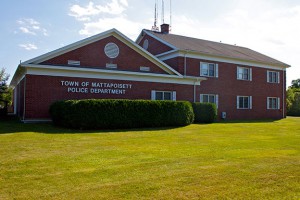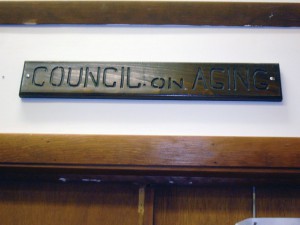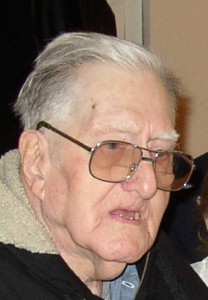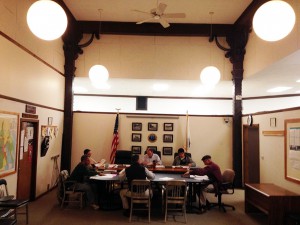The Marion Natural History Museum presents an evening with Robert Finch on Friday May 3rd at 7:00 pm at the Marion Music Hall located at 164 Front Street.
Widely regarded as one of America’s leading nature writers, Robert Finch has lived on Cape Cod, Massachusetts, since 1971. He has published seven books of essays and is co-editor of The Norton Book of Nature Writing. His most recent book is A Cape Cod Notebook, a collection of his weekly radio commentaries that have been broadcast for the past six years on WCAI, the Woods Hole NPR affiliate of WGBH, and for which he received the prestigious Edward R. Murrow Award for Radio Writing in 2005. His essays have appeared in numerous magazines and journals and his books have been translated into Japanese and Chinese. For his body of work he was named as one of the New England Literary Lights for 1999 by the Associates of the Boston Public Library, and in 2001 he received the Non-Fiction Award from the New England Booksellers Association. Mr. Finch has taught at numerous colleges and writers conferences, including Williams College, Emerson College, Carleton College, the Provincetown Fine Arts Work Center and the Bread Loaf Writers Conference. From 2002-2012 Mr. Finch was on the nonfiction faculty of the MFA in Writing Program at Spalding University, Louisville, Kentucky. He lives in Wellfleet, Massachusetts, with his wife, the writer Kathy Shorr, and is currently working on a book about Cape Cod’s Outer Beach. Made possible by a grant from the Marion Cultural Council
Cost is $6.00 for members, $8.00 for non-members. To register in advance please contact: www.marionmuseum.org. Mailing address: P.O. Box 644, Marion, MA 02739





